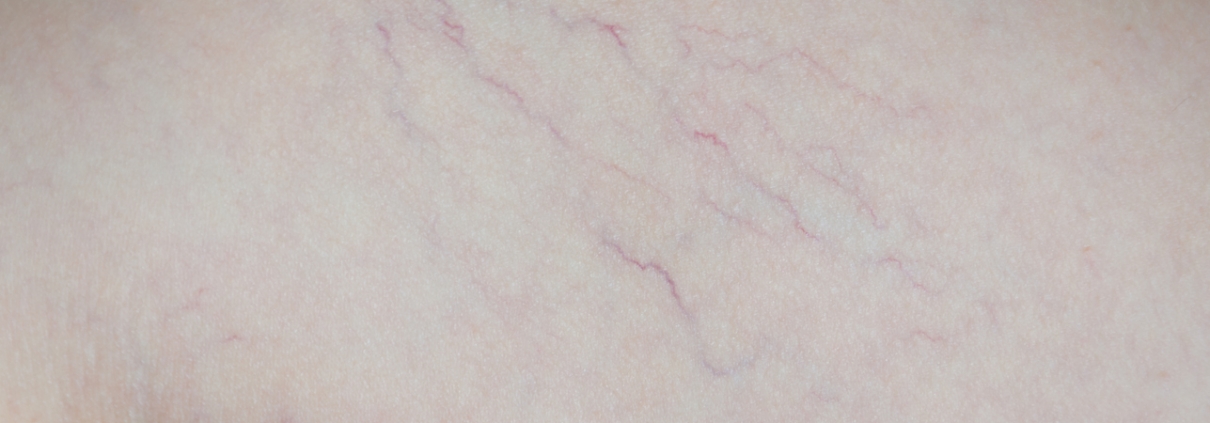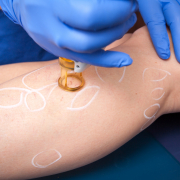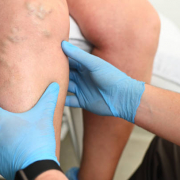Superficial Veins Vs. Deep Veins
Those blue-purple lines that run along your skin are a part of a vast network of channels through which your blood is transported around your body. Those lines are called veins, and they are a crucial component of your circulatory system.
Veins are broken down into four main categories, among which are superficial veins and deep veins.
Considering their names alone, you won’t find it hard to see what sets superficial veins apart from deep veins. However, given the complexity of the larger system that they belong in, it pays to delve a little deeper into their distinctions as far as their features and functions.
What are Superficial Veins?
Superficial veins are apparently those that are found close to your body’s surface. They are not surrounded by muscles, which explains why they are easy to see and palpate. They are most prominent after you lift weights or during a period of high-intensity exercise.
Superficial veins transport the blood coming from your tissues close to your skin’s surface. With the squeezing mechanisms of the nearby muscles, the blood in your superficial veins flows slowly into your deep veins, which later on push the blood back toward your heart.
Superficial veins are also responsible for controlling your body temperature. When your body temperature goes up, your superficial veins help disperse the heat by pushing the blood that they receive from your deep veins to areas of your body that need it.
What Are Deep Veins?
Deep veins are those that are located deep inside your body, within your muscles or along your bones. They are larger than superficial veins and are collectively responsible for a larger volume of blood flow—carrying more than 90 percent of the blood from your lower extremities to your heart.
The one-way valves in your deep veins are responsible for preventing blood from flowing backward, while the muscles surrounding your deep veins compress these valves. These mechanisms are what help force the blood toward your heart.
Because deep veins are responsible for moving the majority of your blood supply, any obstructions in them can produce severe symptoms that do not only hinder your quality of life but are also potentially life-threatening. One such problem is deep vein thrombosis (DVT), a condition characterized by the formation of blood clots in the deep veins. DVT warrants immediate vein disease treatment.
Highly Qualified Vein Specialist in Kansas City, MO
Despite the differences between superficial veins and deep veins, they are intricately interconnected, such that any problems in your superficial veins can cause eventual problems in your deep veins. Take varicose veins for instance. While they are widely considered an aesthetic nuisance, they still require vein disease treatment especially when they are painful. Leaving them untreated can lead to serious complications like DVT.
Dr. Scott Darling of Missouri Vein Specialists is a highly skilled venous and lymphatic medicine specialist who has decades of experience in providing effective treatment for varicose veins, spider veins, and other superficial and deep vein disorders. The exceptional results he delivers each time are owing to the combination of his expertise, sophisticated vein disease treatment methods, and respectful, compassionate approach.
To schedule a consultation with Dr. Scott Darling, call us today at (816) 792-3400 or book an appointment online. We look forward to serving you.












